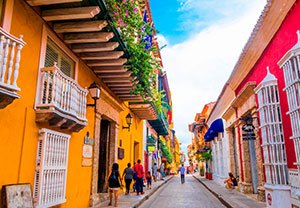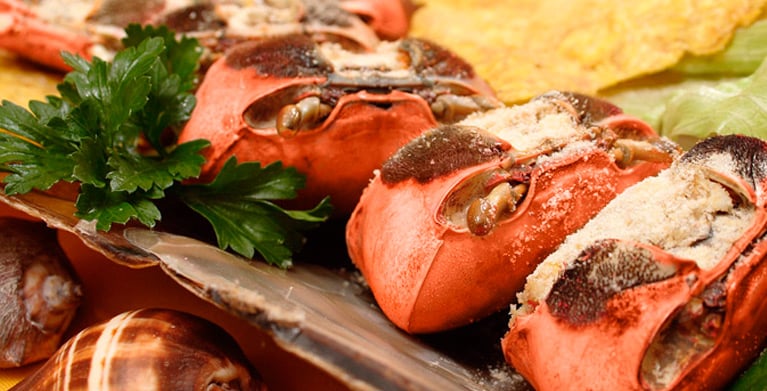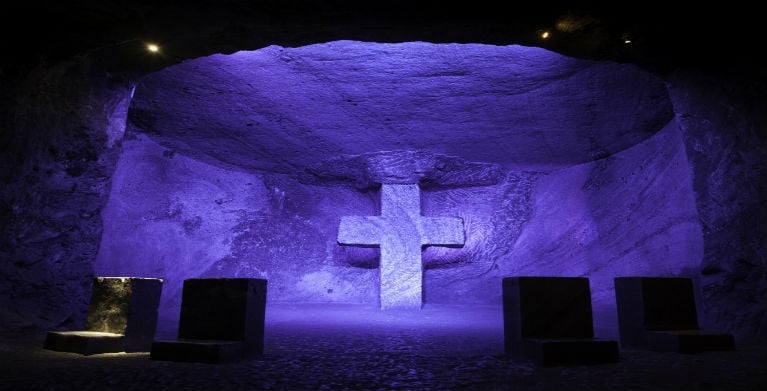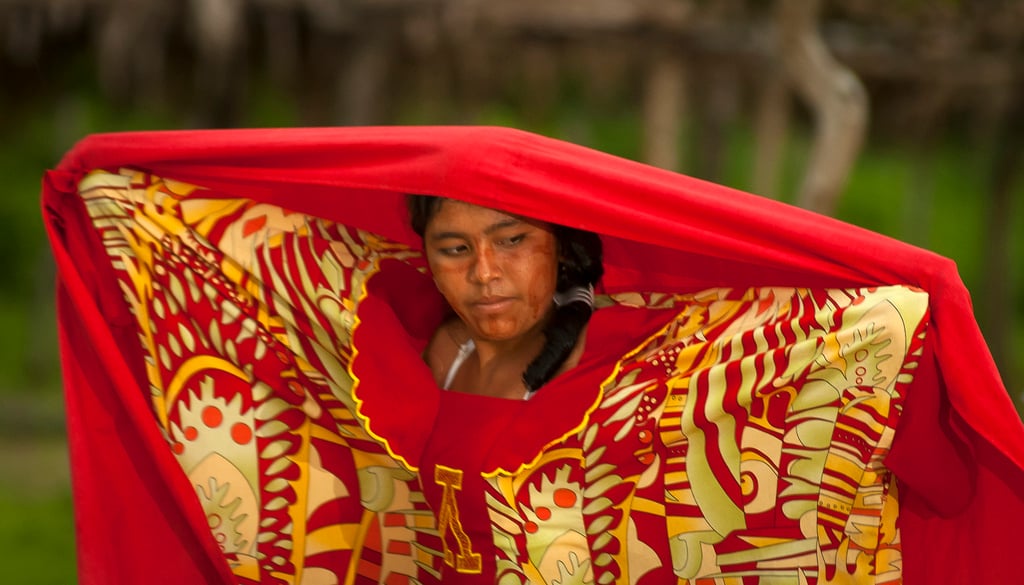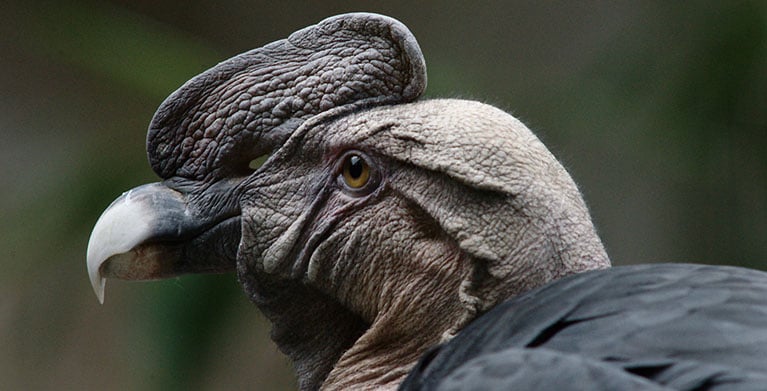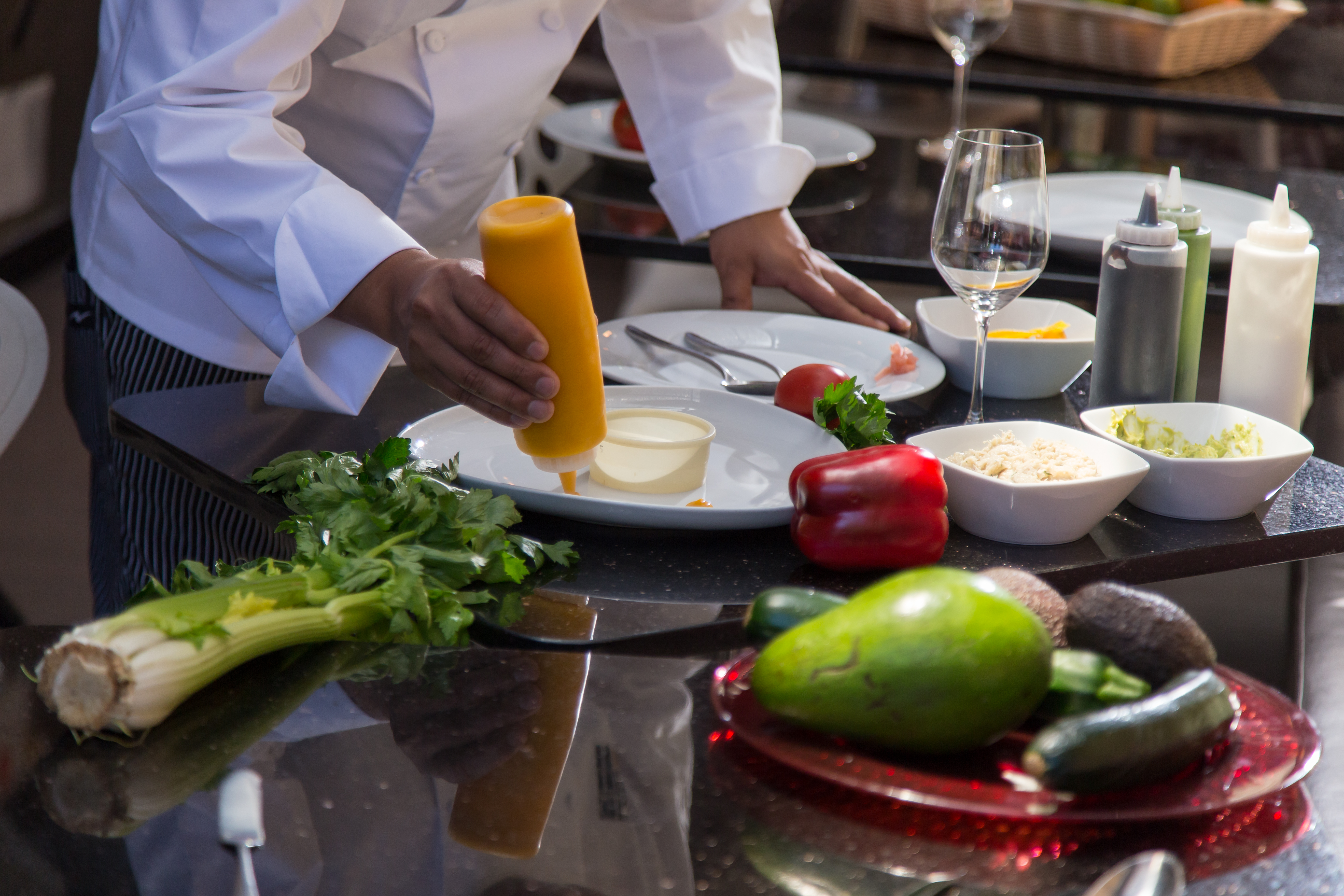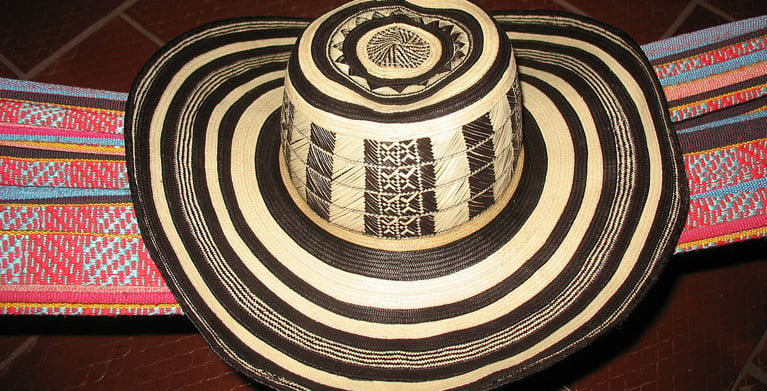The Boyacá Bridge, 14 kilometers from Tunja and 110 kilometers from Bogotá, was the scenario for one of the greatest battles ever fought in the name of independence in Colombia: the Battle of Boyacá.
It took place on August 7th 1819, and not only did it put an end to violent disputes for power in Colombian territory, but it also solidified the independence path the country had set for itself on July 20th 1810.
It all began with a series of battles led by the Independence Campaign —which was led by Simón Bolívar— that resisted the Spanish Reconquista in 1819. After overcoming a series of obstacles, the Patriot Army was victorious in Gámeza (July 11th) and in Vargas Swamp (July 25th), key events for the Battle of Boyacá results.
77 days after the Independence Campaign line up, August 7th was decisive. Bolívar’s strategy was clear: surprise the Royal Army which necessarily needed to go through the Teatinos River to get to Santafé, where it would be safe from patriot attacks.
Under Simón Bolívar, Francisco de Paula Santander and José Antonio Anzóategui’s command, patriot troops, formed by 2.850 creoles, mulattos, half-caste, indigenous, half-bred and black combatants, assaulted the Royal Army which had 2.670 men led by Colonel José María Barreiro.
After a six-hour combat, the Independence troops won and obtained the Spaniards submission, which were taken as prisoners.
Afterwards of being taken captive, Barreiro tried to bribe Pedro Pascacio Martínez, a 15-year-old soldier who refused to cave and told Bolívar.
As soon as news broke about the royal defeat, Viceroy Juan Sámano fled and the city was left for creoles to govern.
Not only was this battle pivotal for our independence, but it also influenced the victories in Carabobo in Venezuela, Pichincha in Ecuador; and Junín and Ayacucho in Perú. The bridge, which suffered greatly, was reconstructed on August 7th 1919 by President Marco Fidel Suárez.
Today the bridge is one of the most emblematic sites in Colombian history and it is surrounded by monuments that commemorate independence feats like Simón Bolívar, Francisco de Paula Santander and Pedro Pascasio Martínez statues. Next to it there are other symbols like the Flag Square, the Arc of Triumph, the Stone Lectern, the Flame of Freedom, the British League Stone and the Obelisk.
Learn more about the Battle of Boyacá and discover why when it comes to heroism the answer is Colombia.

